Humans news stories
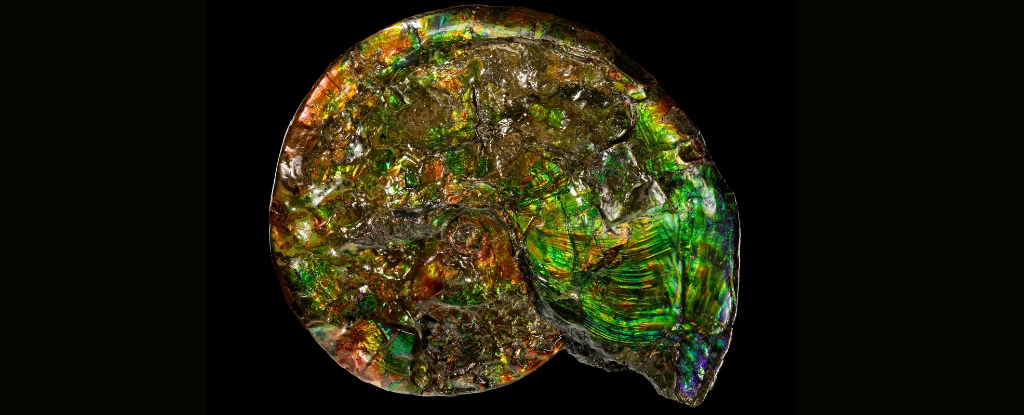
A US team of astrobiologists, philosophers, a mineralogist, a theoretical physicist, and a data scientist describe the “missing law” of nature in an intriguing new peer-reviewed paper.
A reanalysis of an ancient fossil has shed new light on the adaptive behaviour of ancient humans in Africa. An extensive cross-institutional study published in the journal Science has reevaluated the fossil and proposed a new perspective on the movements of ancient humans in this part of Africa.

The discovery represents the first direct evidence of Neandertals hunting cave lions, and the oldest evidence of any hominid slaying a large predator, researchers say. But such behavior probably began much earlier among Neandertals, zooarchaeologist Gabriele Russo and colleagues report October 12 in Scientific Reports.
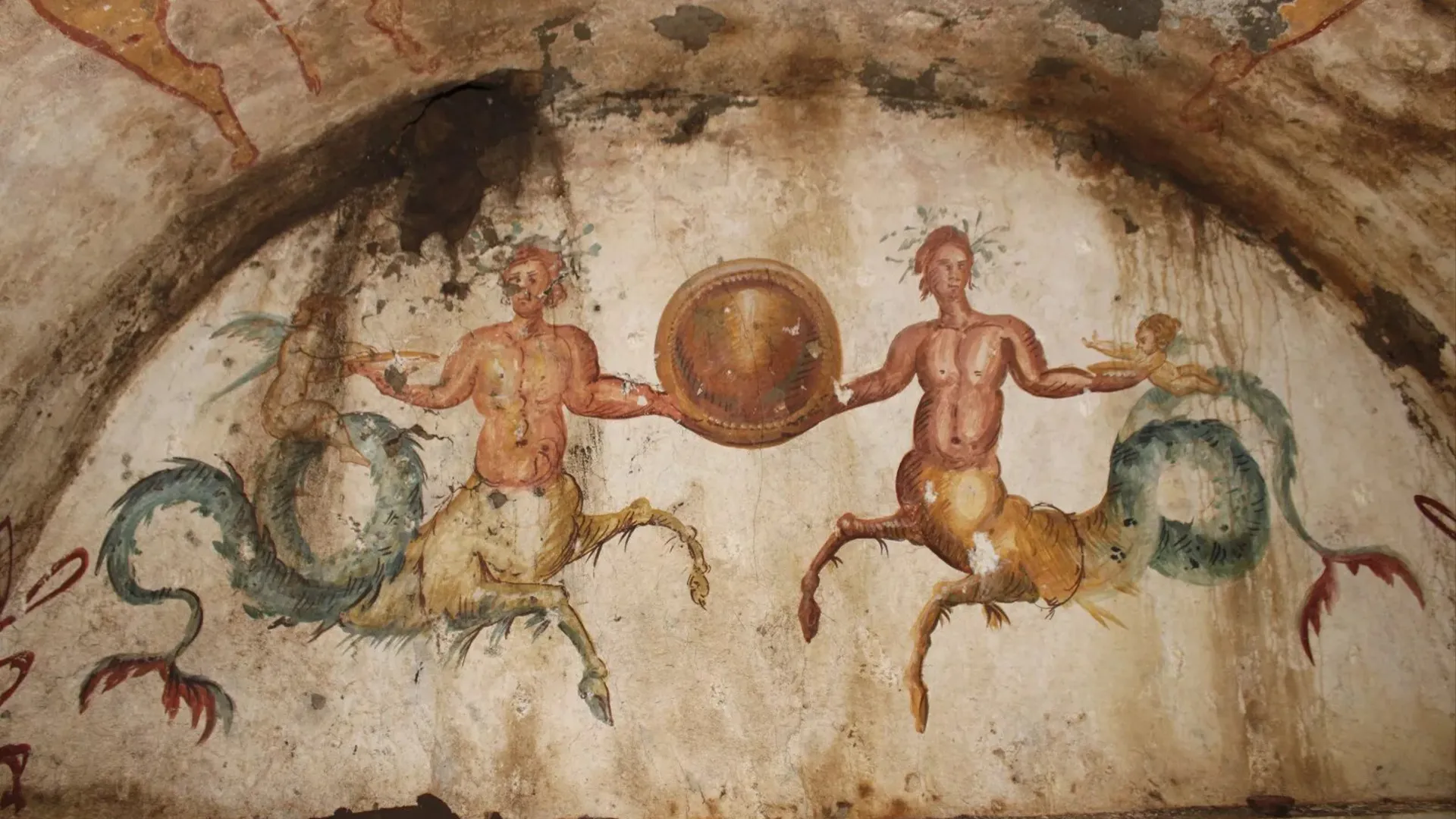
Archaeologists in Italy have unearthed a 2,200-year-old tomb painted with two uncommon mythical creatures: a pair of ichthyocentaurs, or sea-centaurs, which have the head and torso of a man, the lower body of a horse and the tail of a fish.
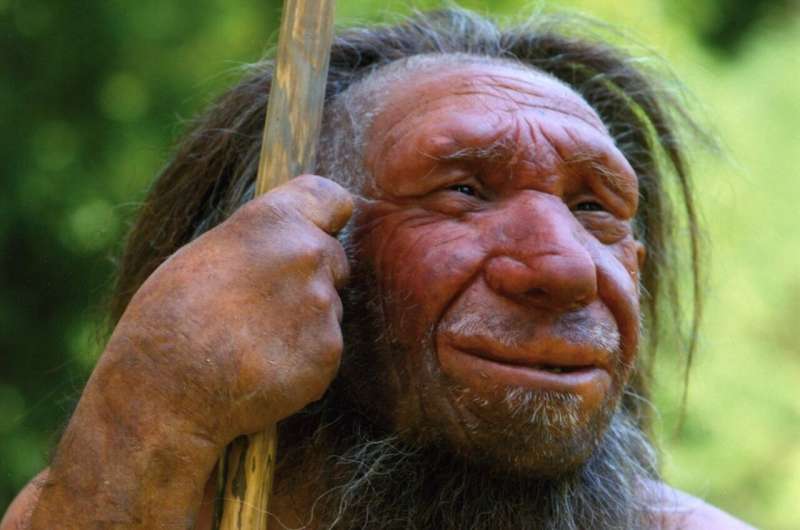
“Neanderthals were capable of symbolic thought, could create artistic objects, knew how to decorate their bodies using personal ornaments and had an extremely varied diet. Add to that that, based on our findings, we can say with certainty that they habitually ate cooked food. This ability confirms that they were as skilled as the Homo sapiens who lived millennia later.” See the study here.

Consciousness is the black hole of neurology; a singularity hidden by an event horizon of subjective experience nobody else can access. We can only presume other brains – like our very own – can turn acoustic vibrations into songs of joy and sadness, electromagnetic waves into blue skies and warm sunsets, or the smell of skin into motherly reassurance.

In a new scientific study published in Scientific Reports, researchers have uncovered surprising findings about the effects of two commonly known drugs, MDMA and methamphetamine, on human connection and feelings of closeness with conversation partners.

The ancient Greek statues were assumed to be spotlessly white, but a new study reveals that the Parthenon Sculptures once burst with color.

Psychoactive plants bridge, be it the spirit world or distant cultures…Just as consuming them can blend one reality with another, the plants travel the world, crossing borders with the humans that carry them…Sometimes, their history is nearly forgotten. Such is the case of espand (Syrian rue), whose rituals were lost through the cracks of time.
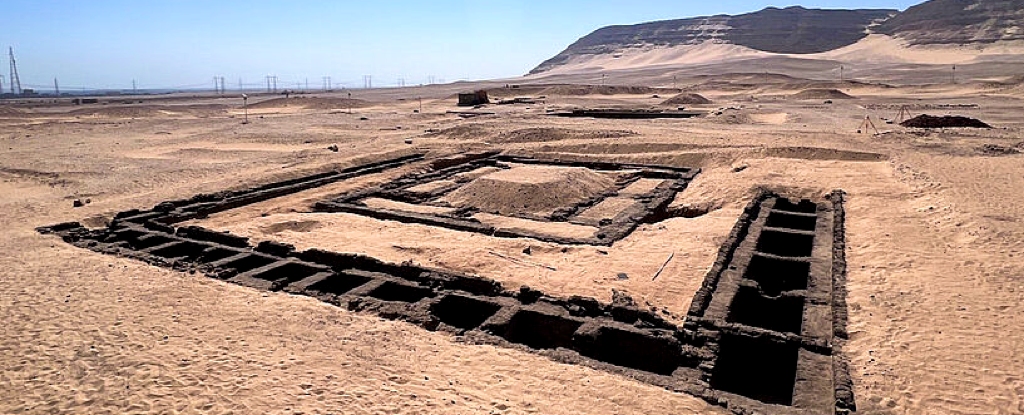
Meret-Neith lived some 5,000 years ago, serving as queen of Egypt some time around 2950 BCE. She was, at the very least, queen-consort and regent. She may have been a ruler in her own right – a pharaoh – but archaeologists have been unable to determine her position with certainty.
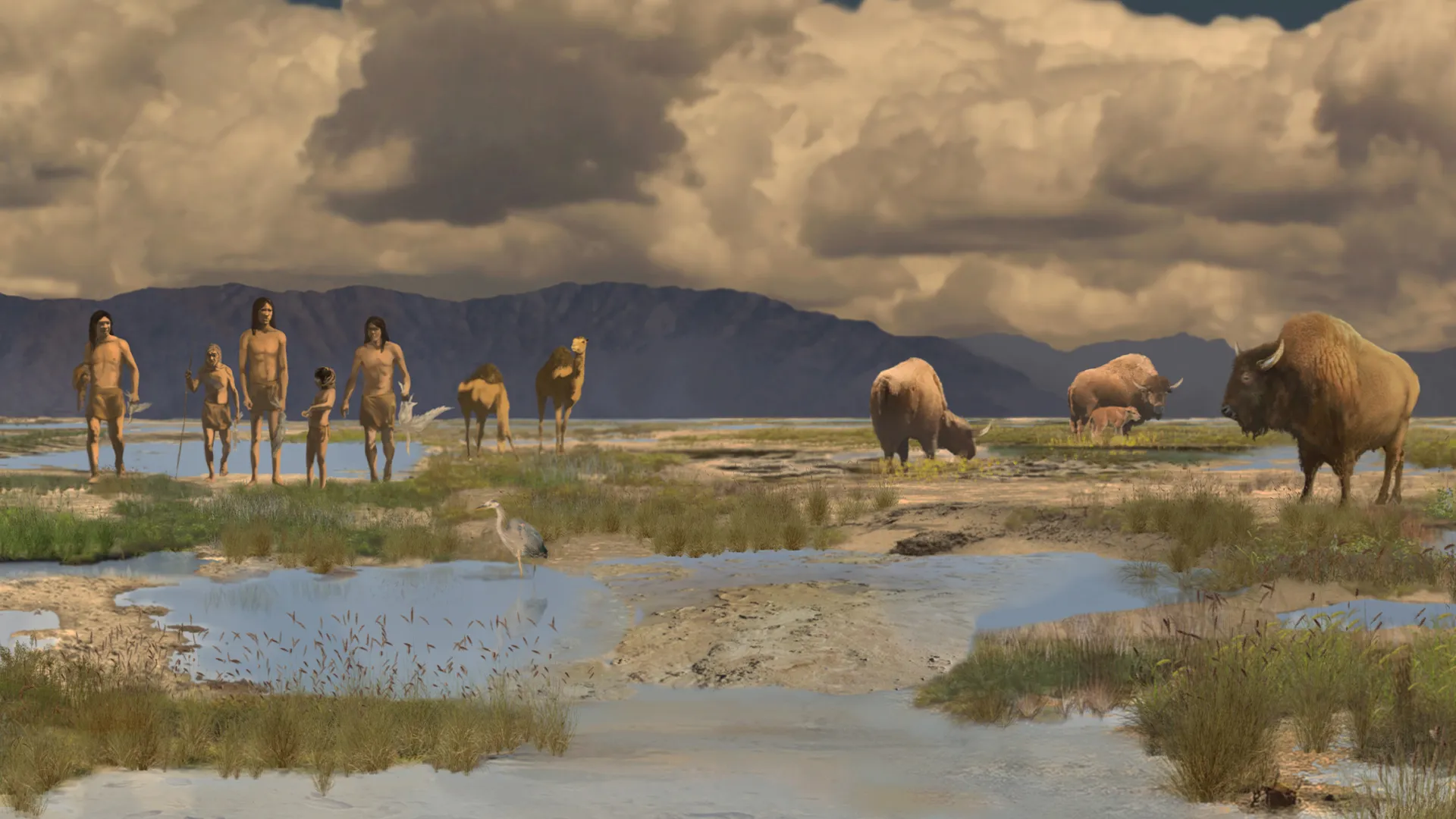
For decades, we thought the first humans to arrive in the Americas came across the Bering Land Bridge 13,000 years ago. New evidence is changing that picture.
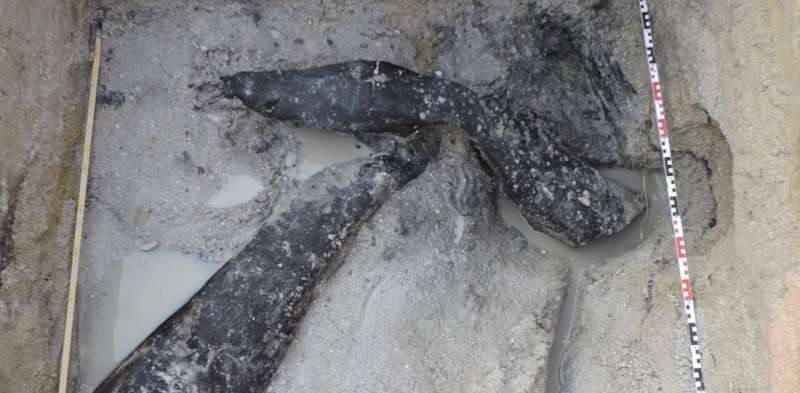
The evidence from Kalambo Falls demonstrates a remarkable ability by early hominins (ancient human relatives) to source wood and shape it with tools. They were able to produce, not only an assortment of other tools, but also sophisticated wooden structures.

The rejected law, which was anticipated to take effect in 2025, would have done away with criminal penalties for people possessing natural psychedelics for personal use. It also would have required the state to form a group to study and make recommendations about the drugs’ therapeutic use.
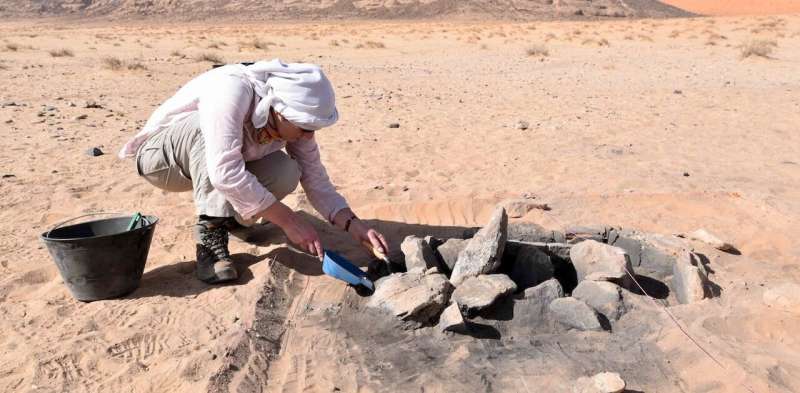
These Stone Age herders were also skilled artists. They carved thousands of images into rock surfaces on cliffs and boulders, documenting their daily lives. Results are published in a new paper in PLOS ONE.
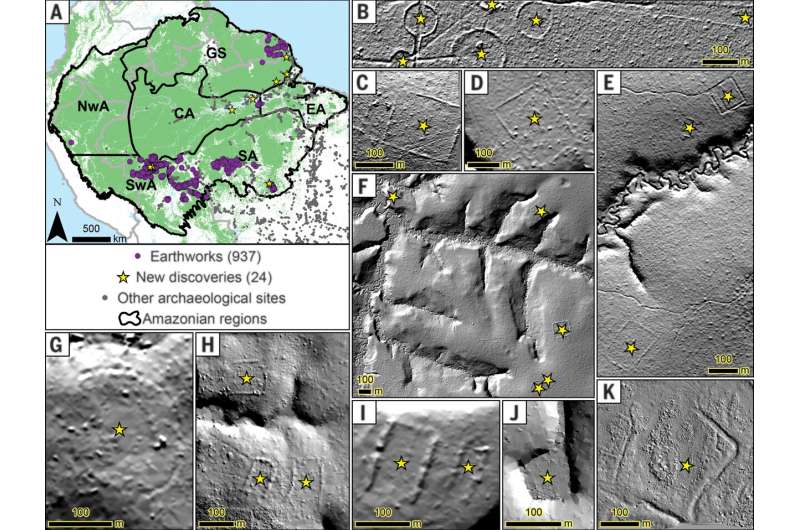
The world’s most diverse forest, the Amazon, may also host more than 10,000 records of pre-Columbian earthworks (constructed prior to the arrival of Europeans), according to a new study.

A new analysis of these footprints, using two different techniques, confirms the date, providing seemingly incontrovertible proof that humans were already living in North America during the height of the last Ice Age.








